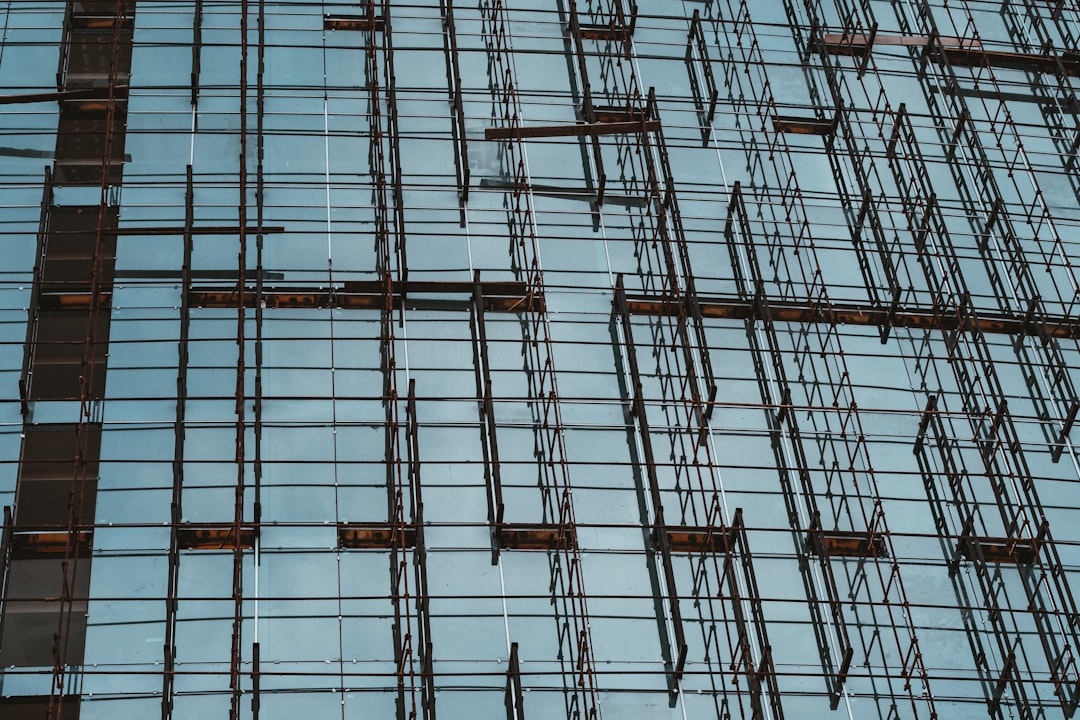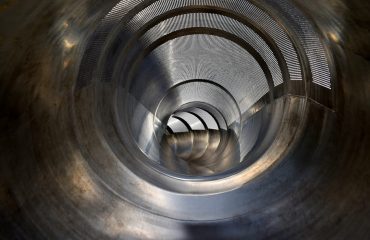Steel frames, known for their strength, versatility, and relatively fast construction times, are ubiquitous in modern building construction. Designing these structures, however, demands a thorough understanding of various factors, from initial conceptualization to final detailing. This comprehensive guide delves into the key aspects of designing efficient and robust steel frames.
1. Understanding Load and Stress Analysis in Steel Frame Design
The foundation of any successful steel frame design lies in accurate load and stress analysis. This involves identifying all potential loads acting on the structure, including:
- Dead Loads: The weight of the structure itself (steel members, cladding, roofing, etc.).
- Live Loads: Occupancy loads (people, furniture), snow loads, wind loads, and equipment loads.
- Seismic Loads: Forces generated by earthquakes, crucial in seismically active regions.
- Environmental Loads: Temperature variations causing thermal expansion and contraction.
Once loads are determined, structural analysis techniques, such as Finite Element Analysis (FEA) or simplified methods like portal frame analysis, are employed to calculate stresses and deflections in the members. Software packages like RISA-3D, ETABS, and SAP2000 are commonly used for this purpose. The analysis results are crucial for selecting appropriate steel sections and ensuring the structure’s stability and serviceability.
2. Selecting Appropriate Steel Sections for Optimal Performance
Choosing the right steel sections is critical for both structural performance and economic efficiency. A wide range of sections are available, including:
- Wide Flange Sections (W-shapes): Highly versatile and commonly used for beams and columns.
- Hollow Structural Sections (HSS): Offer high strength-to-weight ratios and are suitable for various applications.
- Channels (C-shapes): Often used as secondary members or for bracing.
- Angles (L-shapes): Used for bracing, connections, and other secondary elements.
Selection involves considering factors like load capacity, section modulus, moment of inertia, and slenderness ratio. Steel design codes, such as AISC 360 (American Institute of Steel Construction) or Eurocode 3, provide design criteria and allowable stresses. Optimization techniques can be used to select sections that minimize material costs while meeting structural requirements.
3. Detailing Steel Connections: The Heart of the Frame
Steel connections are critical for transferring loads between members and ensuring the overall stability of the frame. Proper detailing is essential to prevent premature failure. Common connection types include:
- Welded Connections: Offer high strength and stiffness but require skilled welding techniques.
- Bolted Connections: Allow for easier assembly and disassembly, and offer flexibility in design.
- Riveted Connections: While less common now, they are still used in some applications.
Connection design involves determining the size and type of fasteners, weld sizes, and the geometry of the connection. Careful consideration must be given to factors like shear strength, bearing strength, and fatigue resistance. Detailed drawings are crucial for accurate fabrication and construction.
4. Ensuring Compliance with Relevant Building Codes and Standards
Adherence to relevant building codes and standards is paramount for ensuring the safety and stability of the steel frame. These codes specify design criteria, material properties, and construction practices. Key codes include:
- AISC 360 (American Institute of Steel Construction): Provides design specifications for structural steel buildings in the United States.
- Eurocode 3: The European standard for the design of steel structures.
- AS/NZS 4600: Australian/New Zealand standard for structural steel design.
Designers must ensure that their designs comply with all applicable codes and standards. This involves verifying that member stresses, deflections, and connection capacities meet the specified limits. Regular inspections and quality control during construction are also essential.
5. Utilizing Advanced Software and Design Techniques
Modern steel frame design relies heavily on advanced software and design techniques. Software packages like those mentioned earlier offer powerful tools for analysis, design, and detailing. These tools allow for efficient modeling, analysis, and optimization of steel structures. Advanced techniques such as:
- Finite Element Analysis (FEA): Provides detailed stress and deflection analysis for complex structures.
- Nonlinear Analysis: Accounts for material nonlinearities and geometric imperfections, providing a more realistic representation of structural behavior.
- Optimization Algorithms: Help in selecting optimal steel sections and minimizing material costs.
- Building Information Modeling (BIM): Facilitates collaboration and coordination among different disciplines involved in the design and construction process.
Embracing these advanced tools and techniques is essential for designing efficient, safe, and cost-effective steel frames.
Designing steel frames is a complex process requiring expertise in structural analysis, material properties, connection design, and building codes. By carefully considering all aspects discussed in this guide, engineers can create robust and efficient steel structures that meet the demands of modern construction.
Tags: steel frame design, structural steel design, steel structure design, building design, steel frame analysis




